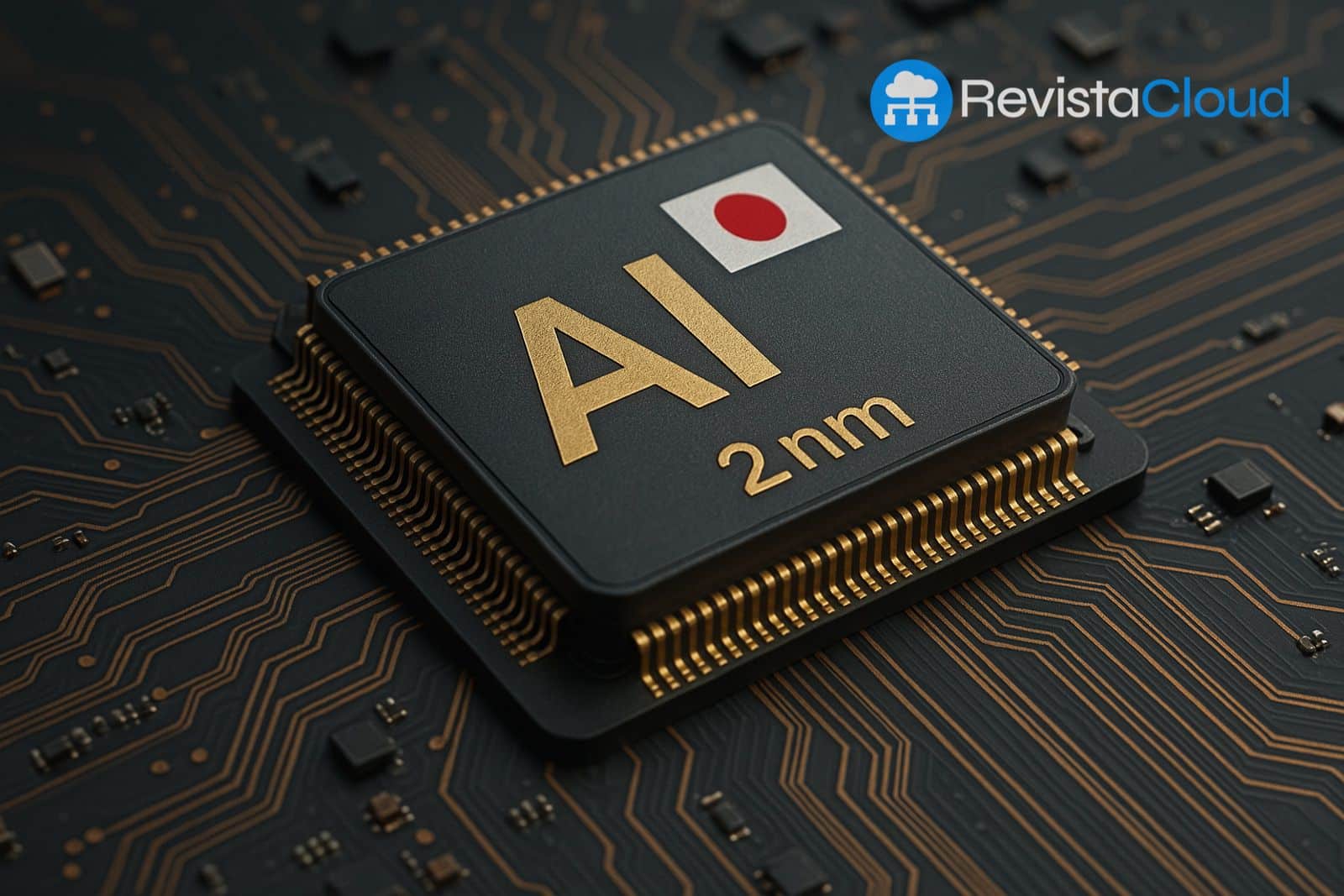The race to dominate the next generation of semiconductors is heating up. While TSMC and Samsung compete for leadership in 2-nanometer technology, Japan is making a bold move through Rapidus, its main contender entering the advanced lithography elite. However, experts warn that the company only has until 2027 to begin mass production, or the country risks losing its strategic edge in the sector.
Prototypes are ready, but pressure is mounting
Rapidus announced last month that it has begun testing its 2 nm process, a milestone achieved after installing extreme ultraviolet (EUV) lithography equipment in December 2024—crucial for manufacturing cutting-edge wafers. On July 18, the company revealed its first prototype and is now working on ramping up production lines to scale.
Government support has been pivotal. Japan has committed investments worth 1.7 trillion yen (about $12 billion), with 100 billion yen (roughly $677.6 million) to be disbursed before the end of 2025. These aids aim to ensure the country stays competitive with Taiwan and South Korea, longstanding leaders in this field.
Risks of losing the race
Hideki Wakabayashi, a professor at Kumamoto University and a member of Japan’s Semiconductor and Digital Industry Strategy Committee at the Ministry of Economy, Trade and Industry, warns that if Rapidus fails, Japanese semiconductor and material companies might relocate their manufacturing abroad.
This talent drain could have several consequences:
- Loss of skilled engineers and technicians, who might be hired by foreign firms.
- Technological leakage, with foreign governments gaining access to sensitive advanced process information.
- Market advantages for other nations that could attract Rapidus’ factories through tax incentives, favorable policies, and lower labor costs.
Fierce competition and precedents
The industry recognizes that moving to 2 nm isn’t without obstacles. Samsung has already faced scalability issues with its Gate-All-Around (GAA) 3 nm technology, showing that even established giants can encounter unforeseen technical and economic hurdles.
Meanwhile, TSMC has a rapid schedule to start 2 nm production by 2025, expanding capacity in Taiwan and building new plants in the U.S. and Japan. For Rapidus, any delay could mean losing ground in a market where advantage is measured in months.
The government’s role and the near future
Although Wakabayashi considers the possibility that Rapidus might relocate operations abroad due to cost or talent considerations, he acknowledges that strong political backing makes Japan’s immediate departure unlikely.
The success of Rapidus will be crucial not only for Japan’s semiconductor industry but also for the country’s geopolitical positioning at a time when control over advanced chip manufacturing has become a strategic priority.
Frequently Asked Questions (FAQs)
1. What is Rapidus, and why is it important for Japan?
Rapidus is a Japanese company created to compete in manufacturing next-generation chips. Its goal is to produce 2 nm semiconductors, positioning Japan among the global technological leaders.
2. Why is there a tight two-year window for mass production?
Experts say that if Rapidus doesn’t start production before 2027, TSMC and Samsung will solidify their technological and market advantages, making it difficult for Japan to catch up.
3. What role does the Japanese government play?
The government has pledged 1.7 trillion yen and approved policies to facilitate the installation and expansion of manufacturing, including machinery importation and talent development.
4. What are the risks if Rapidus fails?
There could be a talent and technology exodus to other countries, accompanied by a decline in competitiveness and strategic influence for Japan in the global semiconductor industry.
via: wccftech

